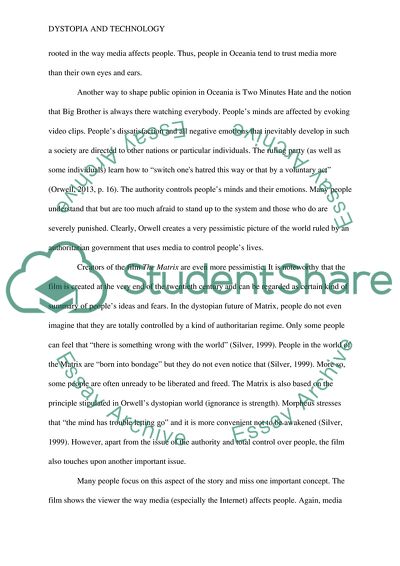Cite this document
(Dystopia and Media, The Matrix Film Essay Example | Topics and Well Written Essays - 1250 words, n.d.)
Dystopia and Media, The Matrix Film Essay Example | Topics and Well Written Essays - 1250 words. https://studentshare.org/visual-arts-film-studies/1848629-utopadystopia-technology
Dystopia and Media, The Matrix Film Essay Example | Topics and Well Written Essays - 1250 words. https://studentshare.org/visual-arts-film-studies/1848629-utopadystopia-technology
(Dystopia and Media, The Matrix Film Essay Example | Topics and Well Written Essays - 1250 Words)
Dystopia and Media, The Matrix Film Essay Example | Topics and Well Written Essays - 1250 Words. https://studentshare.org/visual-arts-film-studies/1848629-utopadystopia-technology.
Dystopia and Media, The Matrix Film Essay Example | Topics and Well Written Essays - 1250 Words. https://studentshare.org/visual-arts-film-studies/1848629-utopadystopia-technology.
“Dystopia and Media, The Matrix Film Essay Example | Topics and Well Written Essays - 1250 Words”. https://studentshare.org/visual-arts-film-studies/1848629-utopadystopia-technology.


